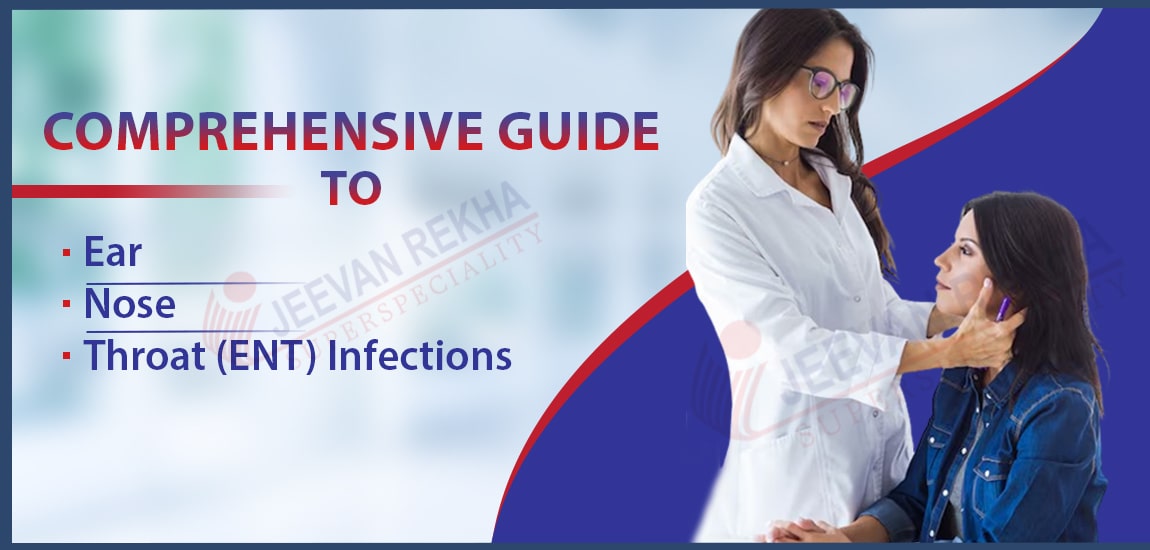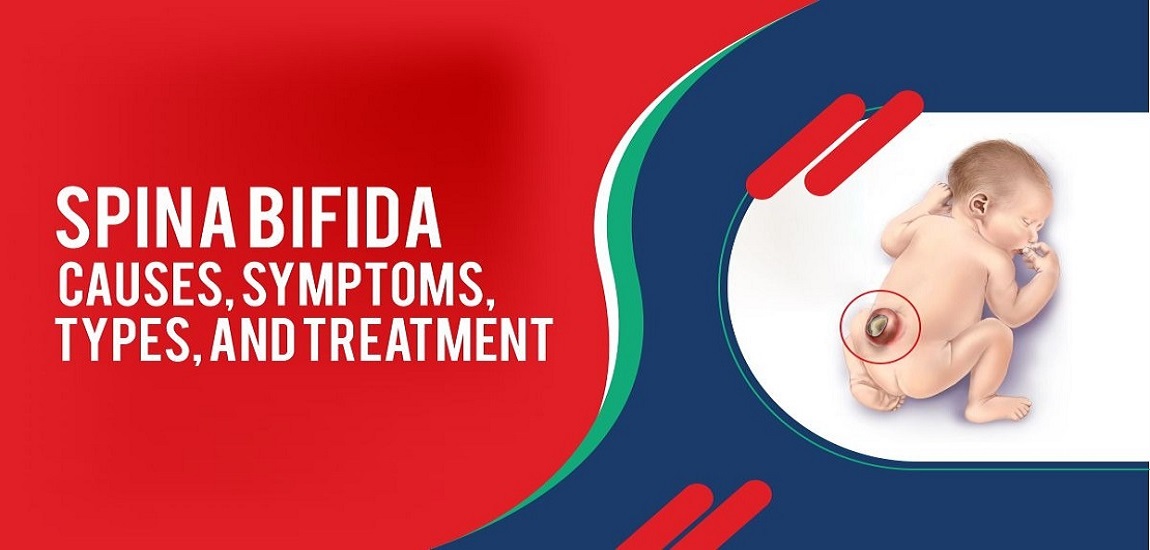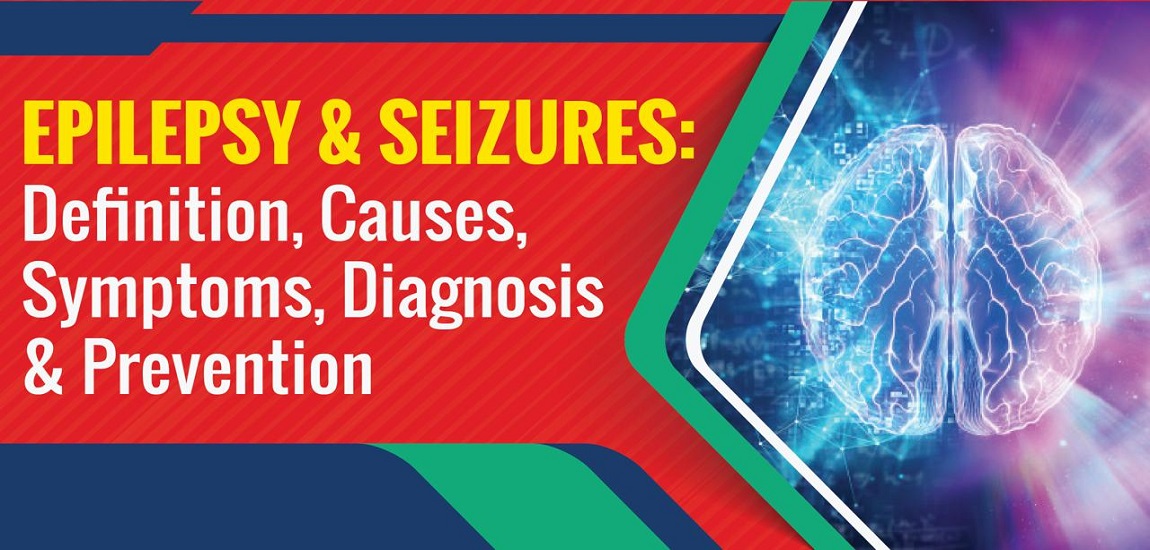
- By Jrsh admin
- In Health and Tips,
- Posted October 14, 2024
Comprehensive Guide to Ear, Nose, and Throat (ENT) Infections
What are Ear, Nose, and Throat (ENT) Infections?
Here are three most common ENT infections are ear infections, strep throat, and sinusitis. These infections are typically caused by viruses, bacteria, and other germs affecting these areas.
Ear Infections
Ear infections are the most prevalent condition, occurring when germs get trapped in the middle ear. This often happens when the eustachian tube becomes clogged with fluid and bacteria, leading to discomfort and infection. Ear infections are especially common in young children and can be challenging to diagnose.
Strep Throat
Strep throat is commonly a bacterial infection caused by Streptococcus bacteria. It occurs when this germ infects the throat area. This infection is particularly common during the winter months and can spread through contact with an infected person. Symptoms usually last up to two weeks and are most frequently seen in children aged 5 to 15.
Sinusitis
Sinusitis occurs when germs multiply in the areas around the eyes and nose. When the infection becomes trapped, it can lead to inflammation, pressure, and pain, causing symptoms like difficulty breathing, headaches, cough, and nasal discharge. This infection is most likely to occur during the winter season.
What Causes Ear, Nose, and Throat Infections?
Ear, Nose, and Throat (ENT) infections can be caused by various factors, including:
- Viruses: Common colds and flu viruses often lead to infections in the ear, nose, and throat.
- Bacteria: Certain bacteria, such as Streptococcus (which causes strep throat) and Haemophilus influenzae (often associated with ear infections), can lead to these infections.
- Allergies: Allergic reactions can cause inflammation and blockages in the nasal passages, leading to sinusitis and other infections.
- Environmental Irritants: Smoke, pollution, and other irritants can damage the mucous membranes, making them more susceptible to infection.
- Eustachian Tube Dysfunction: Blockage or dysfunction of the eustachian tube can trap fluid in the middle ear, leading to ear infections.
- Sinus Blockages: Colds, allergies, or structural issues can obstruct the sinus passages, creating an environment for infection.
- Close Contact: Many ENT infections are contagious and can spread through respiratory droplets or close contact with infected individuals.
- Immune System Factors: A weakened immune system can increase susceptibility to infections in these areas.
You can read also:- Hiatal Hernia: Symptoms, Causes, Diagnosis and Treatment
Symptoms of Ear, Nose, and Throat Infections?
The symptoms of Ear, Nose, and Throat (ENT) infections can vary depending on the specific infection but commonly include:
Ear Infections
- Ear pain or discomfort
- Hearing loss or muffled hearing
- Fluid drainage from the ear
- Fever
- Irritability (especially in children)
Strep Throat
- Sore throat
- Difficulty swallowing
- Red and swollen tonsils, sometimes with white patches
- Fever
- Swollen lymph nodes in the neck
- Headache
Sinusitis
- Nasal congestion or blockage
- Facial pain or pressure (especially around the eyes and forehead)
- Thick nasal discharge (yellow or green)
- Cough
- Headache
- Fever
- Bad breath
General Symptoms
- Fatigue
- Coughing
- Sneezing
- Swollen lymph nodes
- Hoarseness or loss of voice
If you experience severe symptoms or persistent discomfort, it's important to seek medical advice.
You can read also:- COPD: Causes, Symptoms, Diagnosis, Treatment & Prevention
Diagnosis of Ear, Nose, and Throat Infections
The diagnosis of Ear, Nose, and Throat (ENT) infections typically involves a combination of medical history, physical examinations, and sometimes additional tests. Here’s a comprehensive look at the diagnostic process:
1. Medical History
- Symptom Review: The healthcare provider will ask about the symptoms you’re experiencing, their duration, and severity.
- Previous Infections: Information about any past ENT infections and treatments can help guide diagnosis.
- Allergies and Medications: A history of allergies or current medications may provide context for the symptoms.
2. Physical Examination
● Ear Examination:
- Using an otoscope, the doctor examines the ear canal and eardrum for signs of infection, fluid buildup, or other abnormalities.
● Nasal Examination:
- The doctor may use a nasal speculum to inspect the inside of the nose and check for signs of inflammation, polyps, or abnormal discharge.
● Throat Examination:
- A throat examination includes checking for redness, swelling, or pus on the tonsils and examining the back of the throat.
3. Diagnostic Tests
● Throat Swab:
- For suspected strep throat, a swab of the throat may be taken and sent for rapid testing or culture to identify the presence of Streptococcus bacteria.
● Nasal Culture:
- If sinusitis is suspected, a nasal culture may be obtained to identify the specific bacteria or virus causing the infection.
● Audiology Tests:
- In cases of ear infections, hearing tests may be performed to assess the impact on hearing.
● Imaging Studies:
- CT Scans or X-rays: In chronic sinusitis cases or complications, imaging may be ordered to visualize the sinuses and check for blockages or structural issues.
● Allergy Testing:
- If allergies are thought to be a contributing factor, allergy testing might be suggested.
4. Additional Evaluations
● Endoscopy:
- In chronic or complicated cases, a nasopharyngoscopy (using a thin, flexible tube with a camera) may be performed to visualize the nasal passages and throat more thoroughly.
● Blood Tests:
- Although not routinely used for ENT infections, blood tests may help identify underlying issues or rule out other conditions.
Treatments for Ear, Nose, and Throat Infections
The treatment for Ear, Nose, and Throat (ENT) infections varies depending on the type of infection, its severity, and whether it is caused by bacteria or viruses. Here’s a detailed overview of the treatment options:
1. Ear Infections
● Antibiotics:
- Prescribed for bacterial ear infections (e.g., otitis media). The selection of an antibiotic may vary based on the child's age and the severity of the infection.
● Pain Relievers:
- Over-the-counter medications like acetaminophen or ibuprofen can help alleviate pain and reduce fever.
● Warm Compresses:
- Applying a warm cloth over the affected ear can provide comfort and relieve pain.
● Surgery:
- In recurrent cases, a doctor may recommend placing tubes in the ears (tympanostomy) to help drain fluid and prevent future infections.
2. Strep Throat
● Antibiotics:
- If strep throat is confirmed, antibiotics (such as penicillin or amoxicillin) are typically prescribed to reduce symptoms, shorten the duration of the illness, and prevent complications.
● Pain Relief:
- Over-the-counter pain relievers can help soothe a sore throat and reduce fever.
● Rest and Hydration:
- Encouraging plenty of fluids and rest can help the body recover.
● Throat Gargles:
- Gargling with warm salt water may provide temporary relief for throat discomfort.
3. Sinusitis
● Nasal Decongestants:
- Over-the-counter decongestants can help relieve nasal congestion and improve airflow.
● Saline Nasal Sprays or Irrigation:
- Using saline sprays or performing nasal irrigation (like a neti pot) can help clear mucus and reduce inflammation.
● Antibiotics:
- Prescribed for bacterial sinusitis, especially if symptoms are severe or last longer than 10 days.
● Pain Relievers:
- Over-the-counter medications can alleviate pain and discomfort associated with sinus pressure.
● Steroid Nasal Sprays:
- In cases of chronic sinusitis or severe inflammation, corticosteroid nasal sprays may be recommended to reduce swelling.
4. General Treatments for All ENT Infections
● Hydration:
- Staying well-hydrated is crucial for recovery and helps thin mucus.
● Rest:
- Adequate rest supports the immune system in fighting off infections.
● Avoiding Irritants:
- Staying away from tobacco smoke, strong odors, and pollutants can prevent aggravation of symptoms.
5. Additional Considerations
● Follow-Up Care:
- If symptoms do not improve with treatment, or if they worsen, further evaluation may be necessary.
● Surgery for Chronic Conditions:
- In chronic cases of sinusitis or recurrent ear infections, surgical interventions may be considered to remove blockages or improve drainage.
Tags
Blog Search
Latest Posts
-
Ear Infections (Otitis Media): Top Triggers & How to Avoid Them?
April 11, 2025 -
Implantation Bleeding Vs Periods: Know the Difference
March 12, 2025 -
5 Tips for a Happy and Healthy Summer
February 27, 2025 -
Body Ache (Pain): Causes, Symptoms and Treatment Options
February 10, 2025 -
Fatigue and Exhaustion: Causes, Symptoms, and Treatment
January 08, 2025




